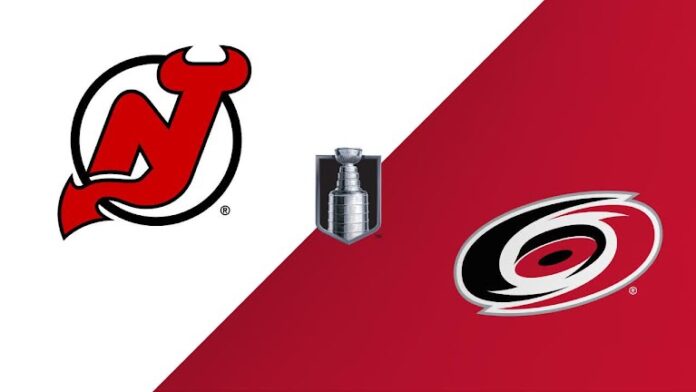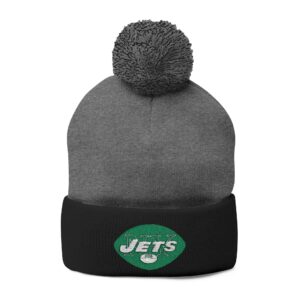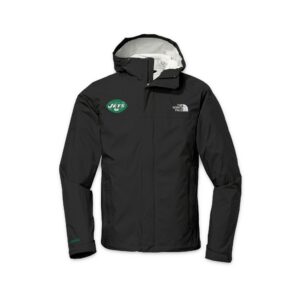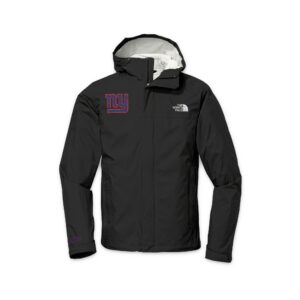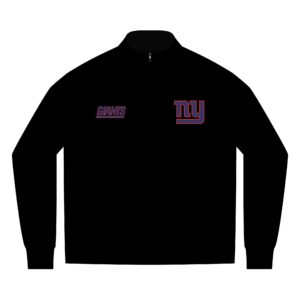As the New Jersey Devils stare down elimination in their playoff series, frustration is mounting—not necessarily over the usual suspects, but over a critical piece of the lineup that continues to hold them back: the bottom six. While it might be tempting for fans and critics alike to call for a sweeping overhaul, the truth is this team’s top-end talent has performed admirably. The real issue lies further down the depth chart.
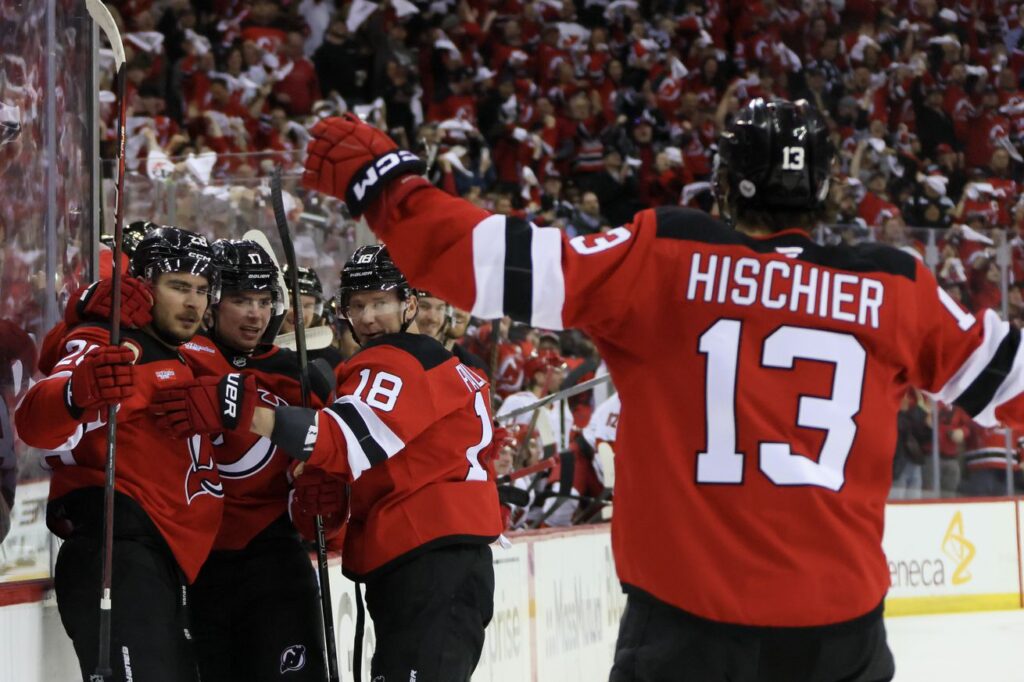
Let’s break it down — not just with stats, but with context, insight, and the kind of urgency the Devils need if they want to push this series past Game Five.
Top Six: Carrying Their Weight, Deserving More Support
Let’s get one thing straight: the Devils’ top six forwards have not been the problem.
Nico Hischier, Timo Meier, and Ondrej Palat have provided the kind of consistent offensive pressure you expect from your first line in the playoffs. Meanwhile, Erik Haula has been effective on the second line, playing a well-rounded game at both ends of the ice. Jesper Bratt and Dawson Mercer have generated chances too — the goals just haven’t come as easily, but that’s more a matter of puck luck than performance.
According to Natural Stat Trick, players like Meier (69.8% xGF%), Haula, Hischier, Bratt, and Mercer are driving play at a level you’d expect from top-six talent in the postseason. Meier’s performance has been elite. And with Hischier and Palat producing a combined 8 goals-for to 3-against at even strength, there’s no question these guys are pulling their weight.
So what’s dragging this team down?
Bottom Six Breakdown: The Real Cracks in the Foundation
Here’s where the wheels fall off.
New Jersey’s bottom six has simply not produced, and worse, they’ve actively been a liability at five-on-five. Paul Cotter, Cody Glass, and Justin Dowling have been particularly ineffective — not just in terms of results, but in process.
Cotter, who came into the playoffs claiming his game was built for this moment, has failed to live up to that promise. Turnovers, low offensive pressure, and poor chemistry with linemates have plagued his game. His xGF% sits at a brutal 28.84%, and the Devils have been outscored 2-0 when he’s on the ice. Glass has been invisible since returning from injury, and Dowling — who showed some flashes during the regular season — has seen a steep decline in speed and offensive zone time in the playoffs.
According to NHL EDGE, Dowling’s speed and puck-tracking data have fallen well below average in the postseason. And while Nate Bastian has quietly had a strong series — ranking in the 96th percentile in top speed and contributing positively when separated from ineffective linemates — he hasn’t had the support to turn that effort into goals.
In-House Options: Why the Press Box Holds the Key to Game Five
The frustrating part? The Devils do have answers. They’re just sitting unused.
Daniel Sprong, Curtis Lazar, Nolan Foote, Brian Halonen, and Mike Hardman are all forwards with NHL experience or high-level AHL production. Sprong and Glass had a successful pairing during the regular season, and Halonen and Hardman led the Utica Comets in scoring. Yet none of them have seen meaningful playoff action.
Sprong, in particular, is known for his scoring touch. In a low-scoring series like this one, injecting a player with a shoot-first mentality and proven chemistry with other bottom-six options is a no-brainer. Meanwhile, Hardman — a strong, physical winger who looked solid next to Haula and Mercer in the season finale — offers more grit and effectiveness than Cotter has provided.
Even young defenseman Seamus Casey or call-up-eligible Cam Squires could offer more than some of the current bottom-six forwards, especially if speed and offensive creativity are what’s needed to tip the balance in New Jersey’s favor.
A Lineup That Could Work — And Why the Time to Change Is Now
Head coach Sheldon Keefe isn’t working with a full deck, but he still has more cards than he’s playing. If the Devils are serious about extending this series, lineup changes are not just recommended — they’re essential.
Here’s a revised bottom six that could give the Devils the boost they desperately need:
- Third Line: Sprong – Haula – Bastian
(Play-driving, speed, and scoring touch with defensive reliability.) - Fourth Line: Hardman – Glass – Halonen
(Physicality, familiarity, and a chance to regain momentum for Glass.)
This setup keeps your top six intact, maintains a mix of skill and grit throughout the lineup, and — most importantly — gives a shot to players who have actually earned it. With Bastian flying, Haula steady, and Sprong ready to fire, there’s at least a chance this unit can shift the balance.
Final Thoughts: This Isn’t About Panic — It’s About Precision
No, the Devils don’t need to blow everything up. Their stars are shining. Their defense has held up reasonably well, and Jacob Markstrom has kept them in games. But playoff hockey demands adaptability, and right now, the bottom six isn’t getting it done.
The numbers don’t lie, but the eye test might be even harsher. When your third and fourth lines aren’t generating zone time, scoring chances, or even basic puck possession, you can’t afford to stay the course. Not in the playoffs. Not when elimination is on the table.
If New Jersey wants to see Game Six — or beyond — it starts with putting their best 12 forwards on the ice. That means moving on from the Cotters and Dowlings of the lineup and giving others a real chance to contribute.
There’s still time to right the ship. But only if the Devils stop ignoring the storm brewing below deck.
